Receiving the Second Class Labor Medal awarded by President Luong Cuong at the 30th anniversary celebration at the National Convention Center, the Board of Directors and staff of Vietnam National Shipping Lines could not hide their pride and emotion. This noble award is not only a worthy recognition for their persistent efforts, marking a meaningful milestone, but also a strong reminder of their great responsibility and a motivation for VIMC to continue to strive to advance in the development journey ahead.
Speaking at the ceremony, Deputy Prime Minister Ho Duc Phoc emphasized that the Second Class Labor Medal is a worthy recognition by the Party and State for VIMC’s important contributions to the maritime and logistics sector. VIMC not only contributes to economic development but also enhances Vietnam’s position on the world trade map.
Established on April 29, 1995 on the basis of restructuring a number of shipping, port exploitation and maritime service enterprises, Vinalines (the predecessor of VIMC) at that time had a charter capital of less than 1,500 billion VND. The fleet consisted of 49 aging ships with an average age of more than 21 years, a total tonnage of only 400,000 DWT, no dedicated port, only 6,900m of berth.
Although it was established after many member companies under difficult conditions, the corporation has taken on the mission of uniting and leading, with the common goal of bringing the Vietnamese maritime industry to the open sea. With pioneering spirit and the desire to go offshore, they have steadfastly steered the enterprise in a modern direction, determined to become a regional maritime corporation.
After three decades, VIMC has gradually escaped the old and stagnant cycle, strongly growing to become a pillar of the maritime industry, contributing to bringing Vietnam's marine economy to the sea. In the last 5 years alone, VIMC's total profit has reached more than 15 trillion VND, a high profit among state-owned corporations and groups.
Currently, the corporation has transformed itself into a public enterprise with a capitalization value of over 100,000 billion VND, managing more than 16 key seaports, accounting for nearly 30% of the market share of goods through the Vietnamese seaport system, and owning a fleet of sea transport vessels with increasingly improved transport capacity.
Not stopping there, VIMC is focusing on investing in key deep-water ports such as Cai Mep – Thi Vai, Lach Huyen and soon Can Gio international transit port, a project of strategic significance, helping to enhance Vietnam's position on the international maritime map.
To achieve this result, VIMC has gone through many turbulent years, from heavy losses, facing the risk of bankruptcy, to the courageous decision to restructure. It is a journey of courage, the spirit of overcoming difficulties, innovation and the desire to go offshore.
“30 years has been a journey of many ups and downs. There have been brilliant periods but also many times when VIMC has had to sink into the depths of difficulty. There were times when this ship seemed to be sunk by the raging waves of the market when debts piled up and confidence was shaken,” said Mr. Le Anh Son, Chairman of the Board of Members of VIMC.
But it was also in that dark moment that the spirit of those who carried within them pride in being Vietnamese, living with the belief that the waves could not sink the brave and steady ship drivers, remained.
In the late 2000s, despite reaching its peak fleet size of 159 ships, Vietnam National Shipping Lines suddenly faced a crisis after the 2008 global economic recession.
Shipping rates were in free fall at that time, all the ships that VIMC had just invested in with a total capacity of nearly 3.5 million DWT suddenly became a huge burden. Having to "shoulder" the loss-making businesses of the Vietnam Shipbuilding Industry Corporation (Vinashin) was like a series of blows. Revenues were not enough to cover expenses, all the reserve resources were exhausted at that time.
Domestically, the cumbersome and opaque apparatus has exacerbated the situation of prolonged losses with a series of scattered investment projects and an aging fleet. At the peak of its difficulties, Vinalines - once known as the "sick man" - had a loss of up to 25 trillion VND, a debt of over 66 trillion VND and was in a state of negative equity.
In that context, Vinalines was forced to change if it did not want to remain at the bottom of the ocean. The restructuring began as a last-ditch effort by the entire Corporation to save the ship from the ocean abyss. But from there, a journey of revival was written. They understood that they could not change the direction of the wind, but they could adjust the sails to continue sailing.
The people of Vinalines then and VIMC now, motivated by self-respect, carrying the spirit of a seafarer, have strived to find fundamental and unprecedented breakthrough solutions and have been diligently implementing them from 10 years ago until now.
Under the direction of the Prime Minister, the corporation has developed a project focusing on restructuring investment, finance, organization and rearrangement of enterprises. This project was approved under Decision No. 276/QD-TTg dated February 4, 2013 as a beacon in the dark night for the corporation to find a way forward.
For huge debts, they started restructuring loans through debt trading and debt transfer to avoid imbalance between debt and assets, while ensuring maximum benefits for all parties. However, this is only a debt reduction solution.
To truly move towards sustainable development, they have carried out a comprehensive restructuring, focusing on three strategic pillars including seaports, shipping and maritime services, but in a more streamlined, efficient and focused direction.
At the same time, the corporation's leadership streamlined the apparatus, courageously cutting out ineffective units. The number of units was reduced from 21 to 12. From 73 member enterprises, they cut out non-core and ineffective units to 34, and equitized 12 enterprises. They also divested, merged and bankrupted units with seriously declining business operations.
Not only changing in scale, the corporation's leadership also drastically innovated its management methods and business models. From operational thinking to management tools, everything was renewed, moving towards the strategy of "customer-centric" and "human-centric", creating a flexible operating platform, closer to the market than ever before.
With the right strategies and a resilient spirit, Vinalines has recovered from the brink of bankruptcy and returned to profit since 2015, developed strongly and entered a new page, especially when Vietnam National Shipping Lines changed its logo and transformed its operating model into a joint stock company with the new brand VIMC in 2018. If the name Vinalines once reminded of a period of stagnation of state-owned enterprises, then VIMC is the symbol of a spectacular revival in the middle of the ocean.
It is that foundation that has created the strength for VIMC to respond flexibly, turning challenges into opportunities in difficult times such as the Covid-19 pandemic or geopolitical conflicts that disrupt the global supply chain.
VIMC becomes more stable, more transparent and ready to integrate according to the standards of a large-scale public company.
In 2021, for the first time, the entire system from the corporation's leaders to its member units sat together to establish a joint action statement, demonstrating the spirit of comprehensive innovation. The Dai Lai Action Statement marks a turning point in the business management strategy, focusing on efficiency and ecosystem connectivity, at the foundation of creating unity to lead VIMC into a new stage of professional, modern and deeply integrated development.
Entering a new stage of development, VIMC clearly identifies its pioneering mission in building a modern Vietnamese maritime industry, deeply integrating with the world. The journey ahead is long, with many opportunities for expansion but also contains many challenges. The global trade war remains tense, regional competition is increasingly fierce, and the pressure to protect the environment and digital transformation is increasingly urgent.
“We have determined that VIMC's strategy is to focus on bringing the country's maritime industry to a new stage with a new position,” said Mr. Nguyen Canh Tinh, General Director of VIMC.
In the coming years, VIMC aims to improve the efficiency of seaport operations, expand logistics services and invest in a modern, environmentally friendly fleet.
In addition, VIMC is also constantly modernizing through extensive digital transformation in all business activities, from the application of artificial intelligence (AI) and big data to port operations and supply chain management. This will help optimize costs, improve operational efficiency and minimize environmental impacts, towards sustainable development.
Along with technological innovation, VIMC is promoting its global expansion strategy. The company has been cooperating with the world's leading shipping corporations to enhance international maritime connectivity.
The modern logistics centers that VIMC is focusing on developing in Hai Phong, Da Nang and Ho Chi Minh City will play an important role in connecting international shipping routes, helping to increase the competitiveness of Vietnam's maritime industry in the regional and global markets. Cooperation with many multinational corporations, along with strategic agreements with "giants" such as Maersk, MSC and CMA-CGM, further demonstrate the Corporation's strong position on the international maritime map.
In the coming time, VIMC will not only maintain sustainable growth but also aim for international standards on green shipping and smart logistics.
“As a leading enterprise in the Vietnamese maritime industry, VIMC is committed to continuing to actively contribute to economic development, promote international trade and enhance the competitiveness of the national seaport system,” affirmed the Chairman of VIMC.
With a solid foundation and clear development strategy, Vietnam National Shipping Lines continues to affirm its pioneering role in the maritime sector, aiming for a future of sustainable development and deep integration with the international market. With specific plans and visions, VIMC is gradually moving towards the goal of becoming the leading maritime corporation in the region.
Thirty years is just a historical moment, but for VIMC, it is a life full of proud ups and downs. Through countless storms, they have forged five core values: discipline, integrity, dedication, creativity, and unity. These values have permeated the culture, becoming an internal source of strength to help the VIMC ship sail steadily.
TheLEADER
Source: https://vimc.co/30-nam-vimc-va-hanh-trinh-tai-sinh-tren-bien-lon/


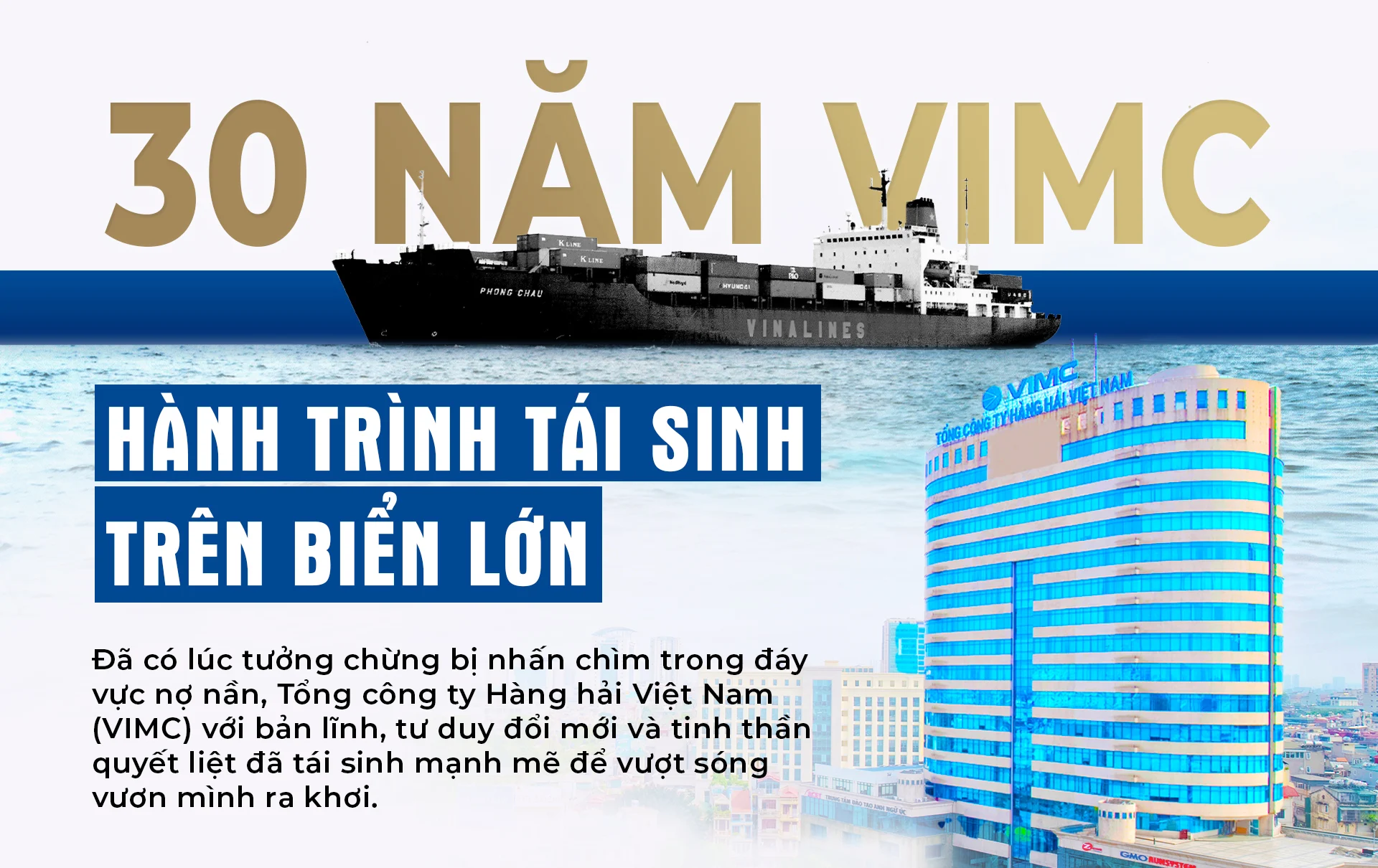

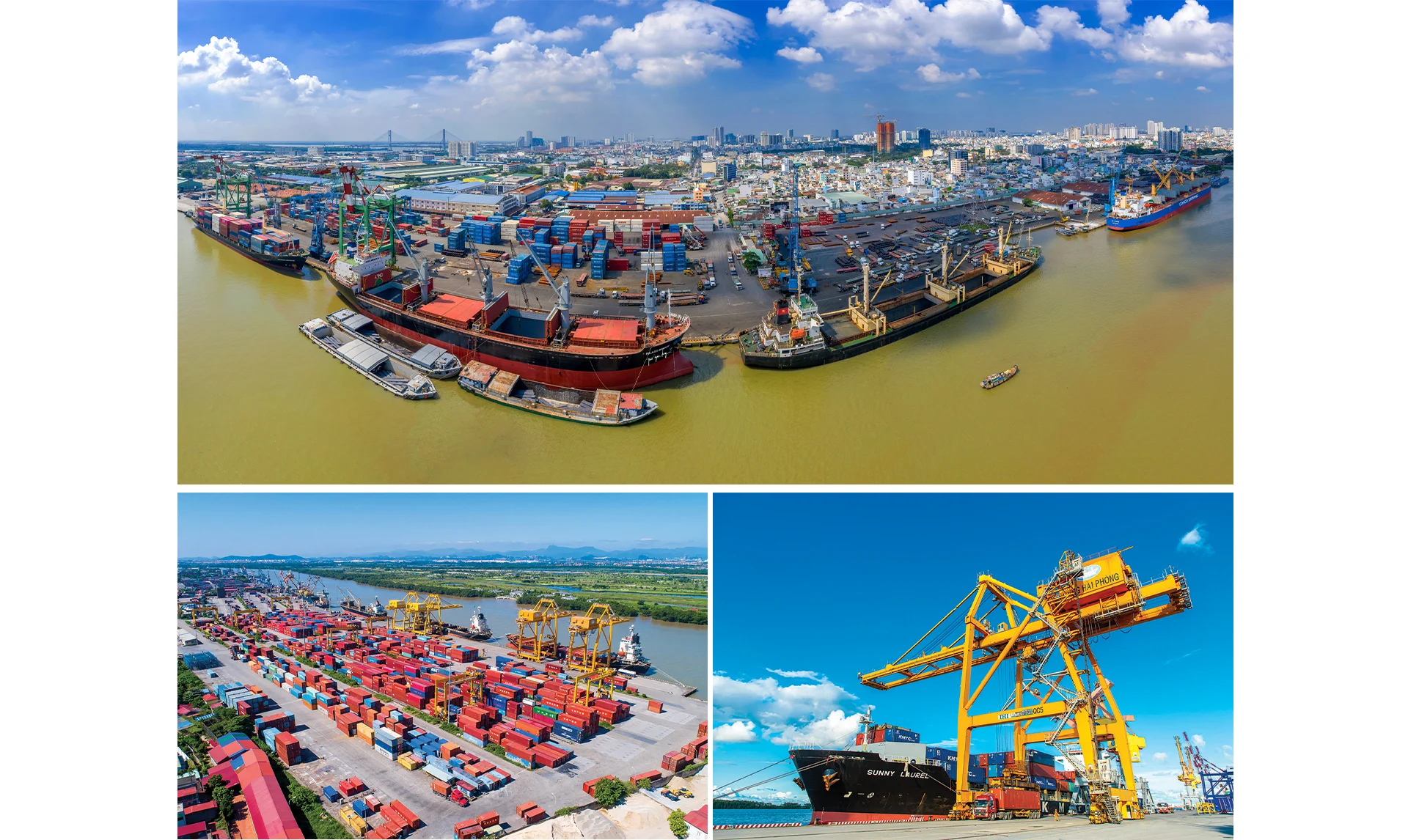
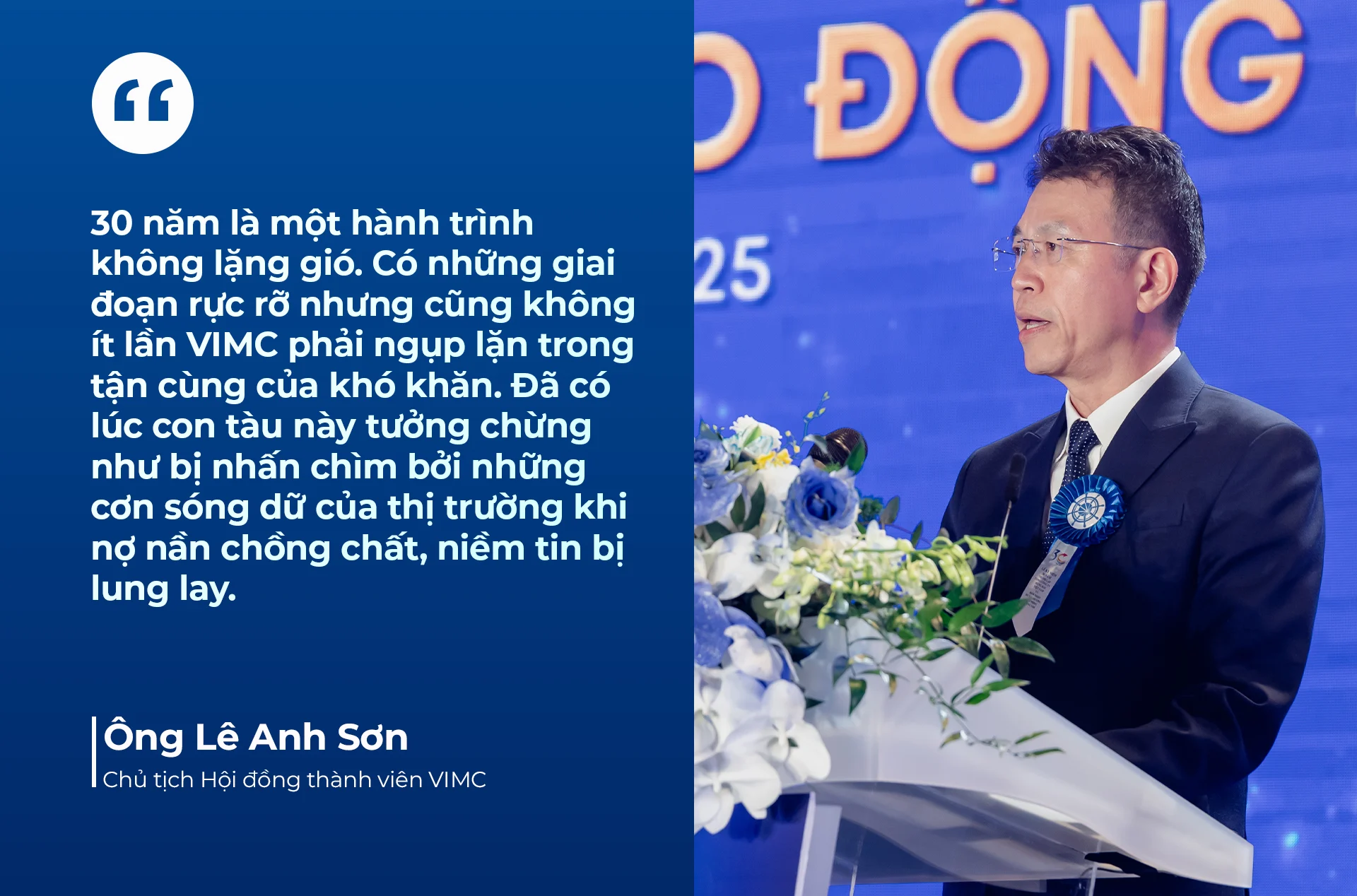



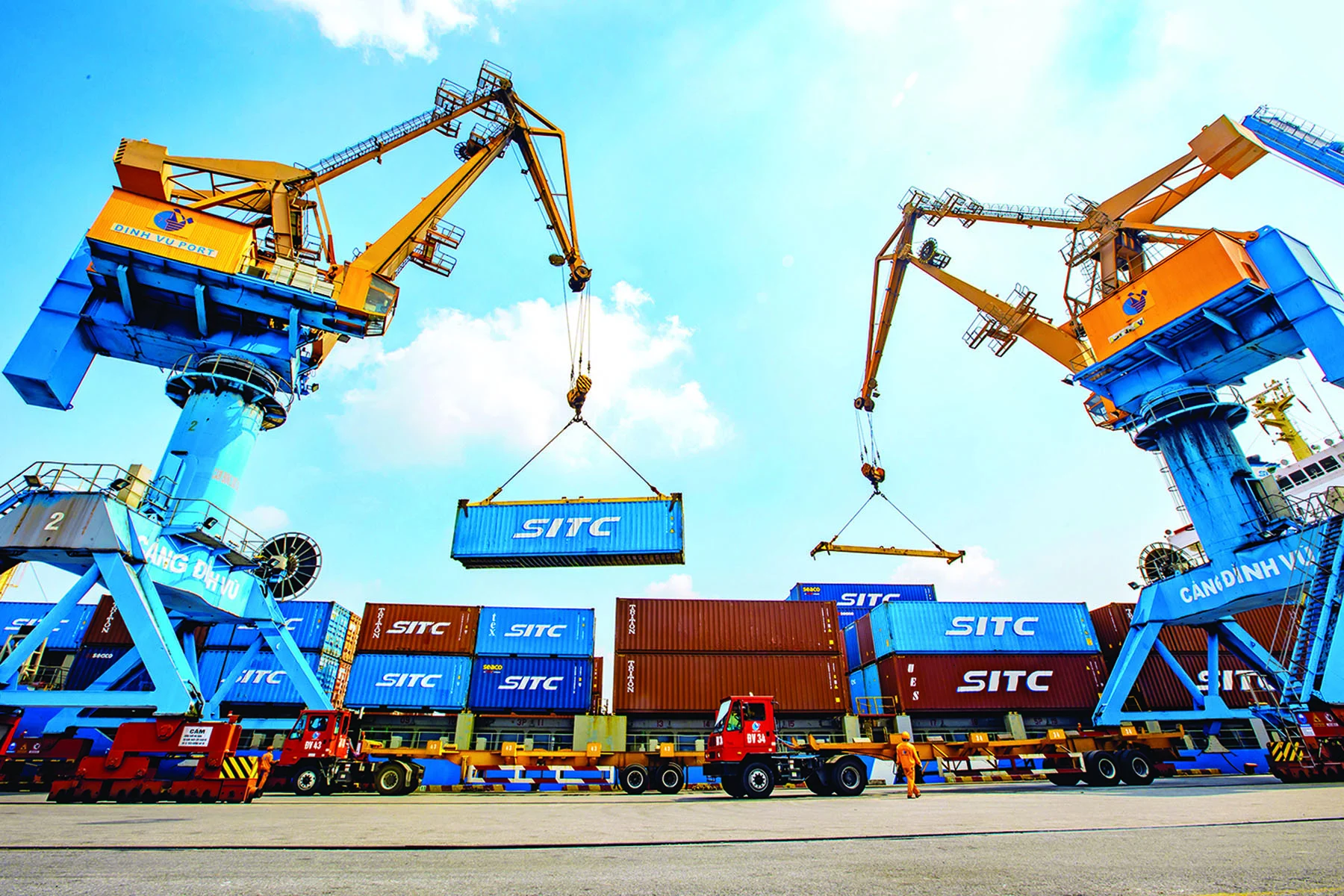

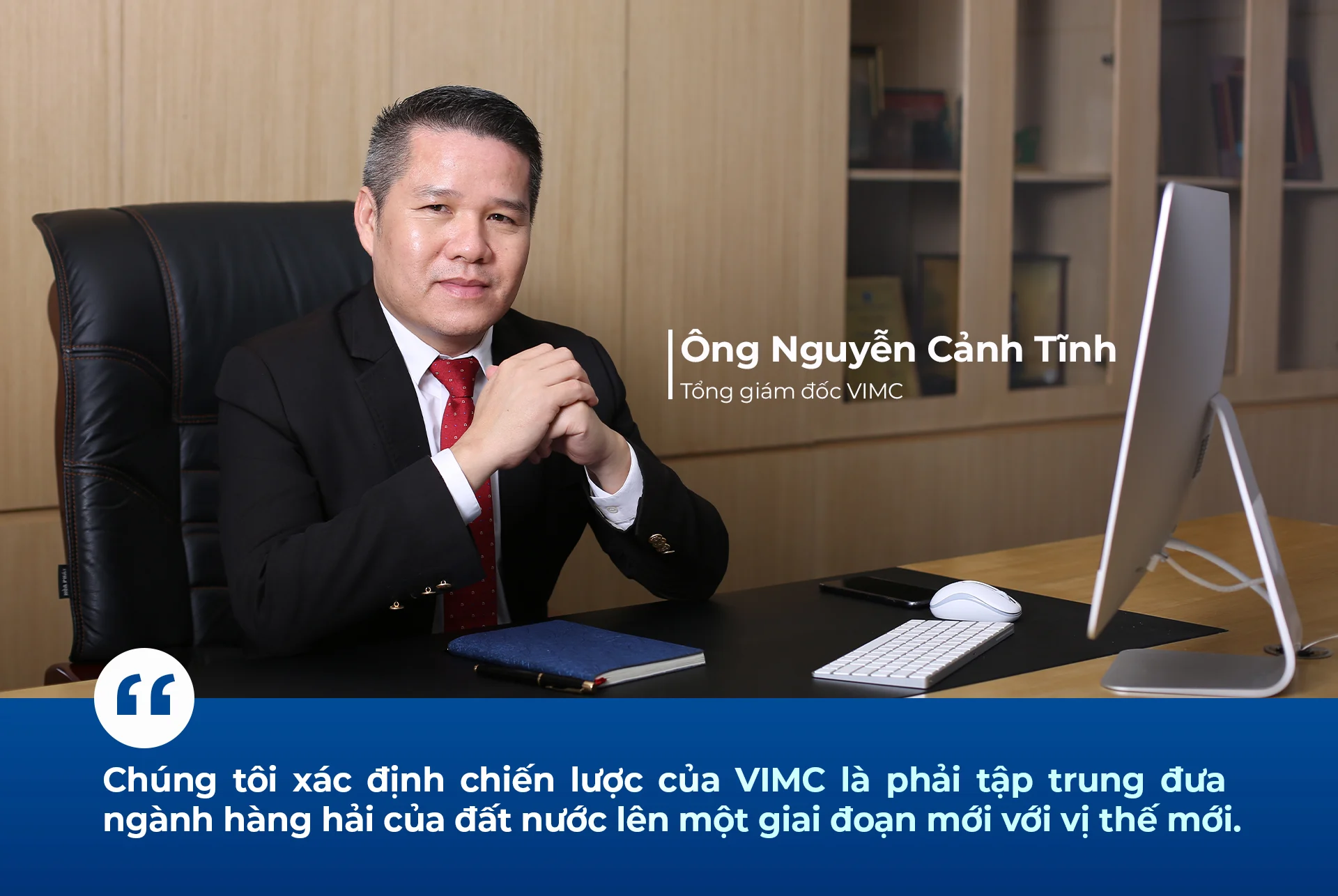
![[Photo] Prime Minister Pham Minh Chinh meets with US business representatives](https://vphoto.vietnam.vn/thumb/1200x675/vietnam/resource/IMAGE/2025/5/13/5bf2bff8977041adab2baf9944e547b5)




























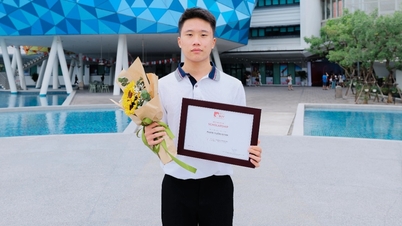













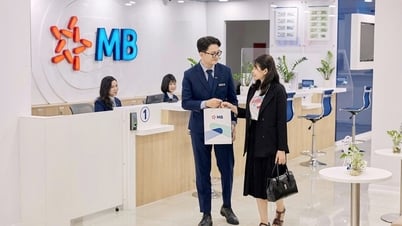













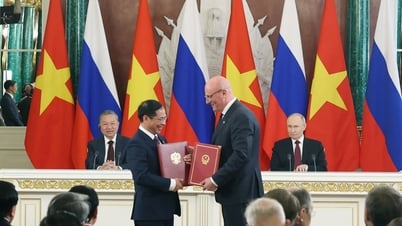

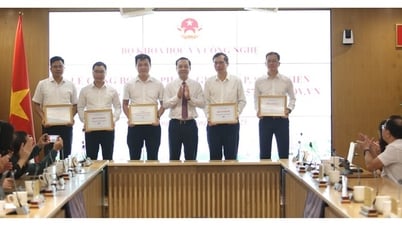
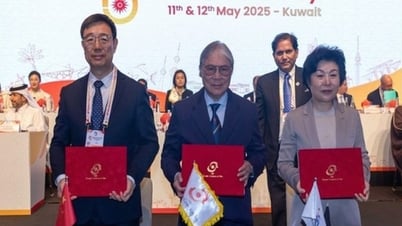




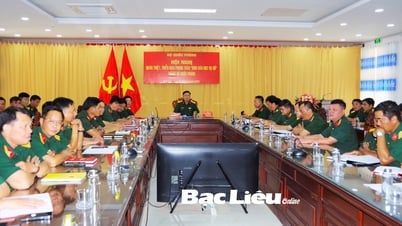















Comment (0)